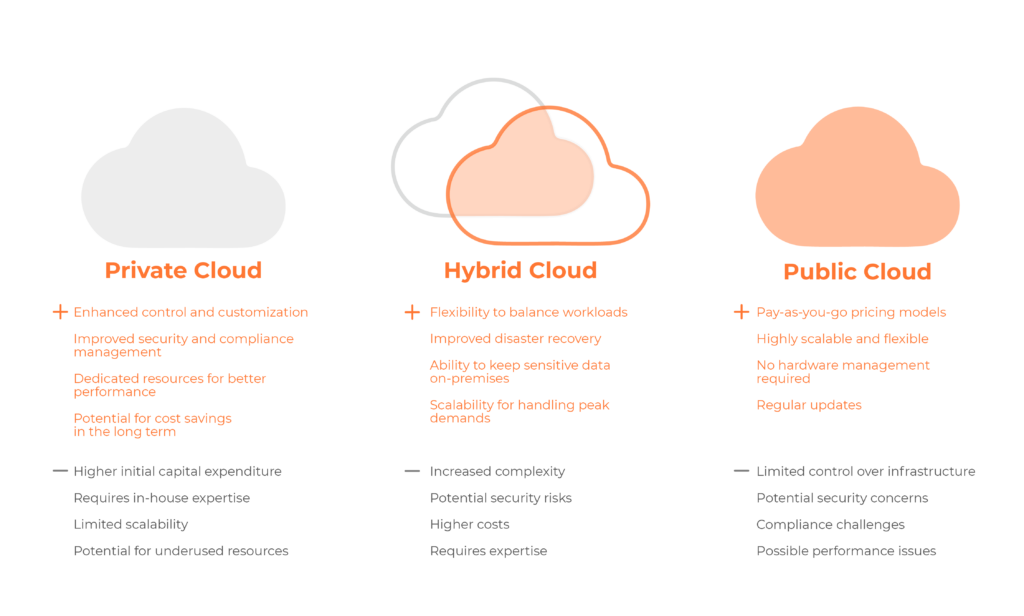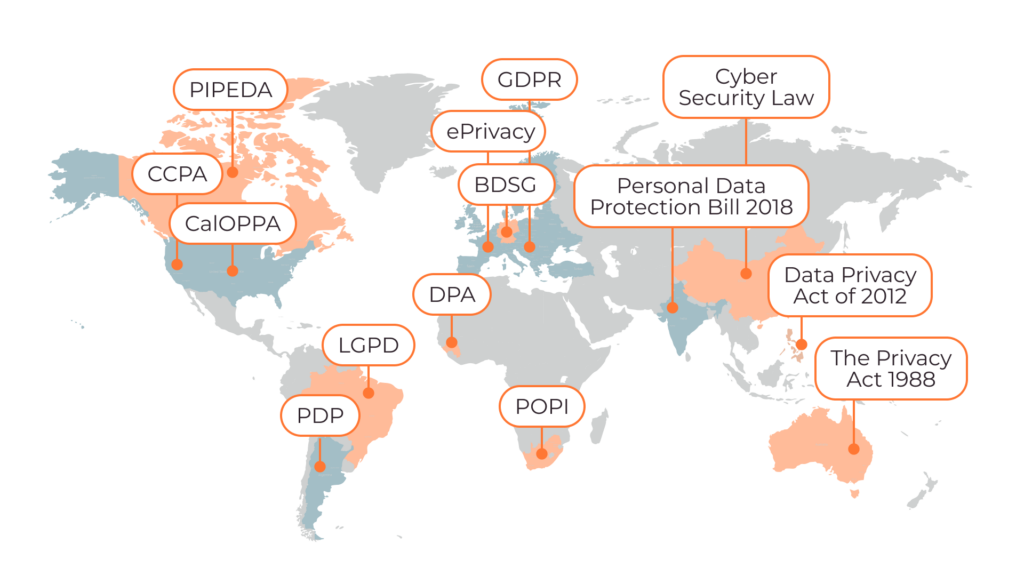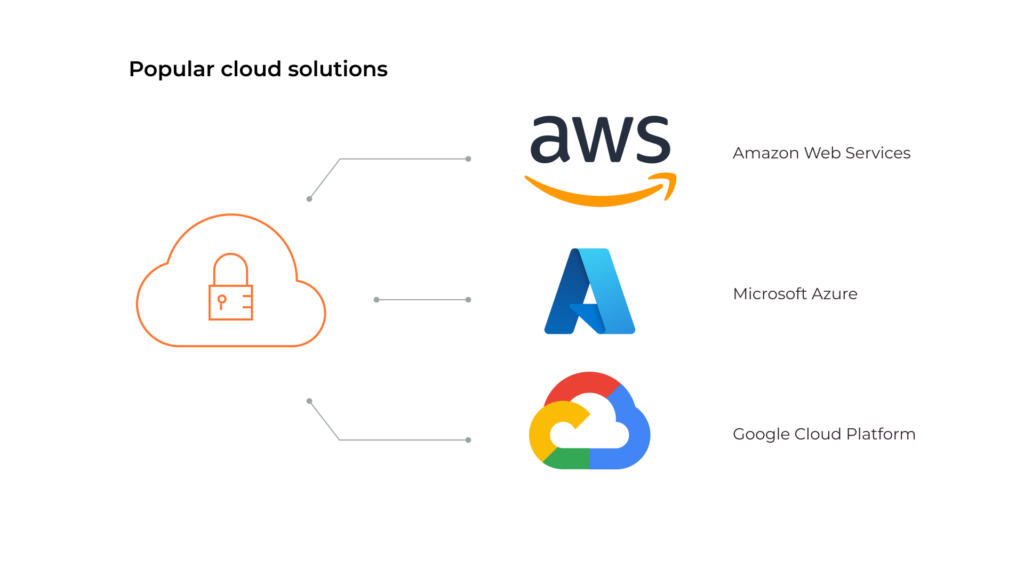 Back to all articles
Back to all articles Migrating legacy systems to the cloud is a critical move for large enterprises aiming to enhance flexibility, scalability, and efficiency of their software solutions. However, this transformation involves significant challenges and requires a well-planned strategy.
Large enterprises and their aged Java-written legacy systems carry a lot of business logic inside its code. Sometimes legacy systems are written even more than 10 years ago. That can be very challenging to unwrap and move to the cloud. In this article, I will explain eight strategies of the cloud transformation process.
Maybe the bare functionality of legacy software is clear, and all seems okay to proceed with the cloud transformation. But let’s see where the IT industry is going nowadays with the Cloud solutions before we actually start the process.
The price of a server computer and its abilities has grown to the point that from a money perspective, it is not so smart to change bare metal logic in the company. No need to move to the cloud to save some money. Maybe not for all software the company needs, but if nothing for security reasons, let’s keep some in company servers running.
Although price as a reason to move to the cloud is not relevant anymore, we see a large rise in growth in the cloud market. Worldwide end-user spending on public cloud services is forecast to grow 20.4% to total $675.4 billion in 2024, up from $561 billion in 2023, according to the latest forecast from Gartner, Inc.
It is clear with these statistics that business is still largely moving to the cloud. Just reasons are maybe not related to cheaper cloud services than running their own bare metal servers. This growth is being driven by generative AI (GenAI) and application modernization.
Now, let’s move to what are the actual steps to have a successful transformation. Eight best practices to ensure a successful cloud migration are as follows:
Before initiating the migration process to the cloud, a thorough assessment of the existing IT infrastructure, applications, and workloads is essential.
This involves:
Select the appropriate cloud model based on the enterprise’s needs:

Data migration is often the most complex part of the cloud transformation process. Best practices include:
Legacy applications may need to be rearchitected or refactored to take full advantage of cloud capabilities. Approaches include:
Maintaining security and compliance is crucial during and after migration. Best practices include:

Here are the most important industry standards and regulations around the world
Thorough testing and validation are critical to ensure that applications function correctly in the new environment. This includes:
Ensure that IT staff and end-users are adequately trained to work with the new cloud-based systems. This includes:
Post-migration, continuous monitoring and optimization are essential to maintain performance and cost-efficiency. This involves:
Migrating legacy systems to the cloud is a transformative journey that requires a lot of planning, strategic decision-making, and continuous improvement. By following these eight best practices, you can navigate the complexities of cloud migration. In doing this, you unlock significant benefits, including improved scalability, flexibility, and a bit less cost-efficiency.
One of the critical aspects of a successful cloud transformation, from Setronica experience, is establishing a robust change management framework.
This involves engaging stakeholders at all levels, from senior executives to end-users, to ensure they understand the benefits and changes that come with cloud migration. Change management should also include regular communication and updates about the progress of the migration, addressing any concerns, and highlighting quick wins to maintain momentum and buy-in.
Another crucial factor is leveraging automation tools wherever possible. Automation can significantly streamline the migration process, reduce the risk of human error, and enhance efficiency. Tools for automated testing, deployment, and monitoring can help maintain consistent performance and security standards throughout the migration journey.
Using infrastructure as code (IaC) can also simplify the management of cloud resources and ensure that configurations are consistent and reproducible. For more detailed insights on cloud migration strategies, you can visit AWS Cloud Migration and Azure Migration and Modernization Center. Please contact me via a form for any further questions that might come regarding cloud transformation strategies.

Migrating to the cloud involves both initial and ongoing costs. While there may be upfront expenses related to the migration process, cloud services can offer cost savings through pay-as-you-go models, reduced hardware maintenance, and scalability. It is essential to conduct a thorough cost-benefit analysis to understand the financial impact fully.
To minimize disruptions, it is crucial to plan for phased migration, use data synchronization tools, and schedule migrations during off-peak hours. Establishing a rollback plan in case of issues and continuously communicating with stakeholders can also help mitigate operational impacts.
Ensuring data security involves implementing robust access controls, encrypting data both in transit and at rest, and complying with industry regulations such as GDPR and HIPAA. Regular security assessments and monitoring are also vital to protect sensitive data throughout the migration process.